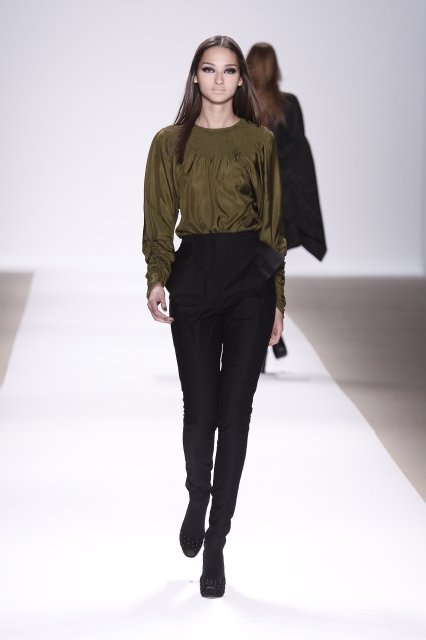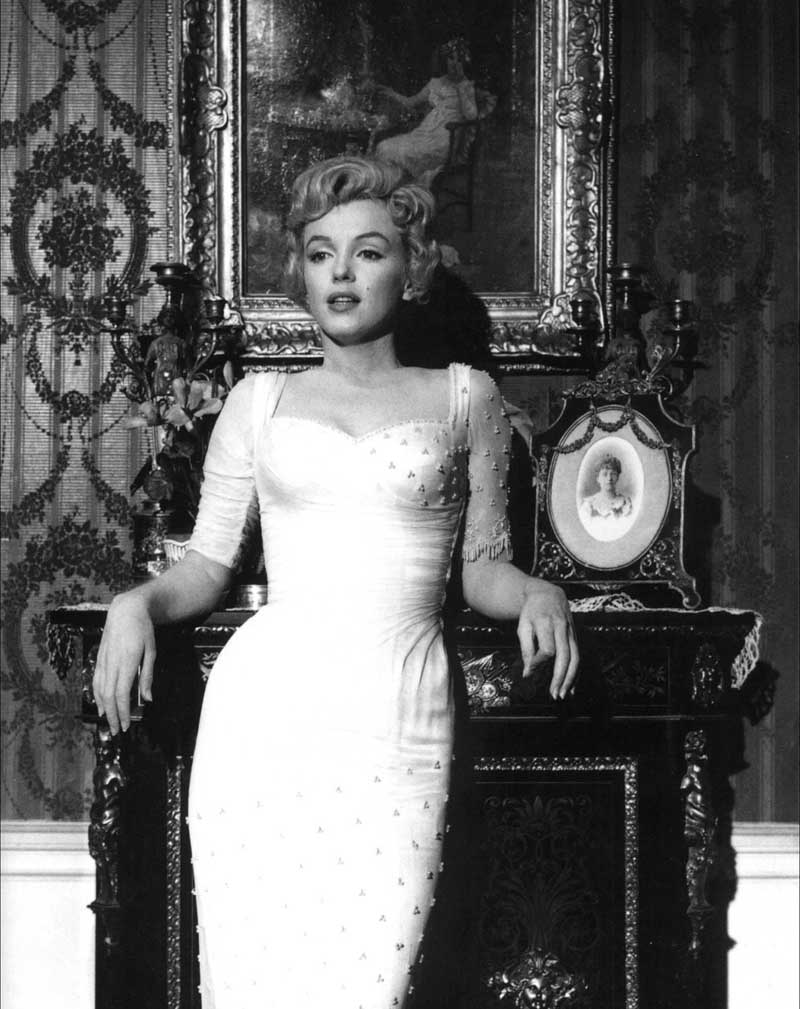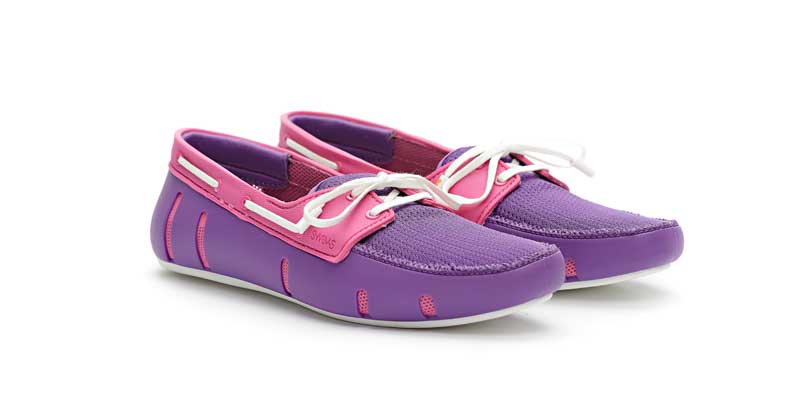MILAN, Jun 20, 2009 / FW/ — Originally developed for the British army and used during the First World War, the trench coat celebrated its centennial in 2001, which for all intent and purposes is ripe for a deconstruction and reconstruction, even a retrofit, to use a phrase.

According to British records, Thomas Burberry (of the current House of Burberry), submitted a design for an army officer’s raincoat (which will be christened ‘trench coat’ in the battlefield) to the United Kingdom War Office in 1901.
(But, just to set the record straight, another British company, Aquascutum also submitted a design dating back to the 1850s.)
With being a raincoat as its main function, the trench coat became an optional item of dress in the British Army. The now iconic shoulder straps and D-rings, were added as functional items, to hold rank insignia and map cases, even swords, respectively.
Today, the trench coat is an integral part of issued military uniforms for many countries including the U.K., the U.S. and France. Better still; the trench coat is also a must-have item for both men and women’s wardrobes.
So, it is not surprising that designers are proposing new shapes and new declinations for this century-old wardrobe staple.
Fittingly, first in line to propose new construction is Christopher Bailey of Burberry. Thanks to advances in fabric technology, softer material has made it possible to soften the trench coat’s characteristic rigid silhouette. The collars and lapels are wider too.
Ennio Capasa of Costume National also gave the trench coat a wider collar and lapel. Keeping it double breasted, he re-created the trench coat without the customary buttons, and thus giving it a Japanese influence via the kimono.

CP Company also gave it a softer feel, and so did Raf Simons at Jil Sander. But while CP Company’s Wallace Faulds leaned towards soft shoulders, Raf Simons gave the trench coat wider ones albeit rounder.
Both Trussardi and Missoni opted for wrinkled effects that are very distinguished. Trussardi gave theirs big outside pockets, while Missoni’s is destined to become a favorite piece.
Interestingly enough, Giorgio Armani and Ermenegildo Zegna’s take is more subtle as they stayed within the standard parameters while Dutch duo Les Hommes gave the trench coat the most changes – drawstring hood and cut it as short as a jacket.

[MARI DAVIS]



